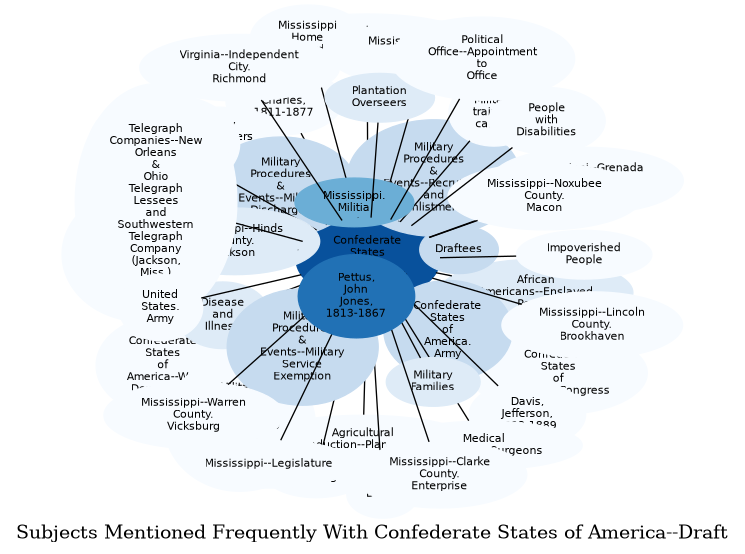Description
By the spring of 1862, the difficulty and bloodshed of fighting the Civil War became a reality to many white southerners, and many soldiers' one-year terms of enlistment expired. Voluntary enlistments slowed and rendered the Confederate Army desperate for troops. The Confederate States of America consequently issued the first compulsory call to military service in American history, also called a "draft" or "conscription" with the First Conscription Act of 1862.
A series of other conscription laws followed throughout the Civil War, each containing measures that sparked tensions between southerners and the Confederate government. The First Conscription Act rendered all men between the ages of 18 and 35 subject to military service, though a later act expanded the age range to 45. Men working in occupations deemed essential to the war effort or to preserving the home front could be exempted from the draft, and, after October 11, 1862, white men owning or overseeing twenty or more enslaved persons could also be exempt. These policies isolated small farmers with little investment in preserving slavery, and many southerners evaded the draft in a variety of ways. However, many others both elite and non-elite viewed the draft as a necessary action, and the Twenty Slave Law a necessary protection from enslaved rebellion. Ultimately, however they felt about it, one estimate holds that Mississippi sent roughly 8,000 draftees to fight for the Confederacy (Mississippi Encyclopedia).
See also: https://mississippiencyclopedia.org/entries/mississippians-in-confederate-army/
Related Subjects

The graph displays the other subjects mentioned on the same pages as the subject "Confederate States of America--Draft". If the same subject occurs on a page with "Confederate States of America--Draft" more than once, it appears closer to "Confederate States of America--Draft" on the graph, and is colored in a darker shade. The closer a subject is to the center, the more "related" the subjects are.